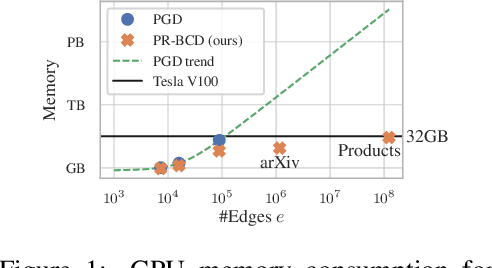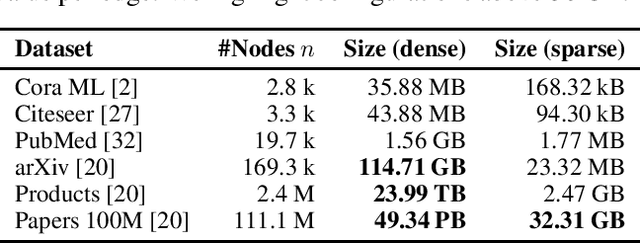Tobias Schmidt
Identifying economic narratives in large text corpora -- An integrated approach using Large Language Models
Jun 18, 2025Abstract:As interest in economic narratives has grown in recent years, so has the number of pipelines dedicated to extracting such narratives from texts. Pipelines often employ a mix of state-of-the-art natural language processing techniques, such as BERT, to tackle this task. While effective on foundational linguistic operations essential for narrative extraction, such models lack the deeper semantic understanding required to distinguish extracting economic narratives from merely conducting classic tasks like Semantic Role Labeling. Instead of relying on complex model pipelines, we evaluate the benefits of Large Language Models (LLMs) by analyzing a corpus of Wall Street Journal and New York Times newspaper articles about inflation. We apply a rigorous narrative definition and compare GPT-4o outputs to gold-standard narratives produced by expert annotators. Our results suggests that GPT-4o is capable of extracting valid economic narratives in a structured format, but still falls short of expert-level performance when handling complex documents and narratives. Given the novelty of LLMs in economic research, we also provide guidance for future work in economics and the social sciences that employs LLMs to pursue similar objectives.
Self-supervised contrastive learning performs non-linear system identification
Oct 18, 2024Abstract:Self-supervised learning (SSL) approaches have brought tremendous success across many tasks and domains. It has been argued that these successes can be attributed to a link between SSL and identifiable representation learning: Temporal structure and auxiliary variables ensure that latent representations are related to the true underlying generative factors of the data. Here, we deepen this connection and show that SSL can perform system identification in latent space. We propose DynCL, a framework to uncover linear, switching linear and non-linear dynamics under a non-linear observation model, give theoretical guarantees and validate them empirically.
Robustness of Graph Neural Networks at Scale
Nov 08, 2021



Abstract:Graph Neural Networks (GNNs) are increasingly important given their popularity and the diversity of applications. Yet, existing studies of their vulnerability to adversarial attacks rely on relatively small graphs. We address this gap and study how to attack and defend GNNs at scale. We propose two sparsity-aware first-order optimization attacks that maintain an efficient representation despite optimizing over a number of parameters which is quadratic in the number of nodes. We show that common surrogate losses are not well-suited for global attacks on GNNs. Our alternatives can double the attack strength. Moreover, to improve GNNs' reliability we design a robust aggregation function, Soft Median, resulting in an effective defense at all scales. We evaluate our attacks and defense with standard GNNs on graphs more than 100 times larger compared to previous work. We even scale one order of magnitude further by extending our techniques to a scalable GNN.
Estimating Heterogeneous Consumer Preferences for Restaurants and Travel Time Using Mobile Location Data
Jan 22, 2018



Abstract:This paper analyzes consumer choices over lunchtime restaurants using data from a sample of several thousand anonymous mobile phone users in the San Francisco Bay Area. The data is used to identify users' approximate typical morning location, as well as their choices of lunchtime restaurants. We build a model where restaurants have latent characteristics (whose distribution may depend on restaurant observables, such as star ratings, food category, and price range), each user has preferences for these latent characteristics, and these preferences are heterogeneous across users. Similarly, each item has latent characteristics that describe users' willingness to travel to the restaurant, and each user has individual-specific preferences for those latent characteristics. Thus, both users' willingness to travel and their base utility for each restaurant vary across user-restaurant pairs. We use a Bayesian approach to estimation. To make the estimation computationally feasible, we rely on variational inference to approximate the posterior distribution, as well as stochastic gradient descent as a computational approach. Our model performs better than more standard competing models such as multinomial logit and nested logit models, in part due to the personalization of the estimates. We analyze how consumers re-allocate their demand after a restaurant closes to nearby restaurants versus more distant restaurants with similar characteristics, and we compare our predictions to actual outcomes. Finally, we show how the model can be used to analyze counterfactual questions such as what type of restaurant would attract the most consumers in a given location.
 Add to Chrome
Add to Chrome Add to Firefox
Add to Firefox Add to Edge
Add to Edge